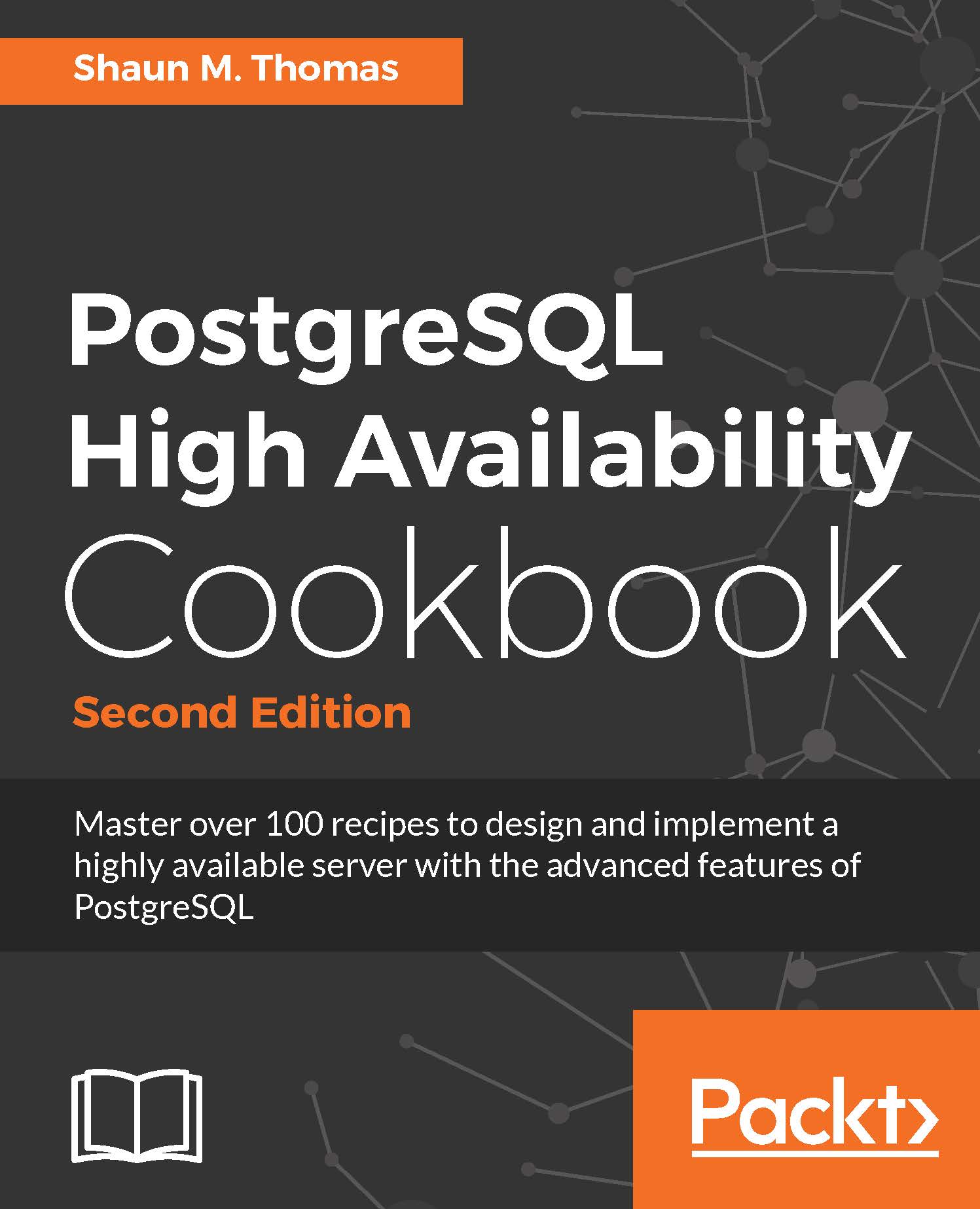In this chapter, we will learn where to turn when the management of large PostgreSQL clusters becomes a concern. We will cover the following recipes in this chapter:
- Deciding when to use third-party tools
- Installing and configuring Barman
- Backing up a database with Barman
- Restoring a database with Barman
- Installing and configuring OmniPITR
- Managing WAL files with OmniPITR
- Installing and configuring repmgr
- Cloning a database with repmgr
- Swapping active nodes with repmgr
- Installing and configuring walctl
- Cloning a database with walctl
- Managing WAL files with walctl
- Installing and configuring WAL-E
- Managing WAL files with WAL-E



